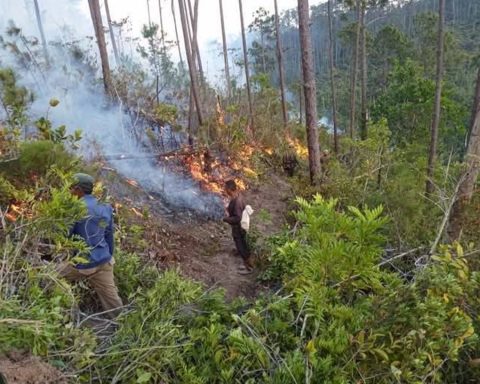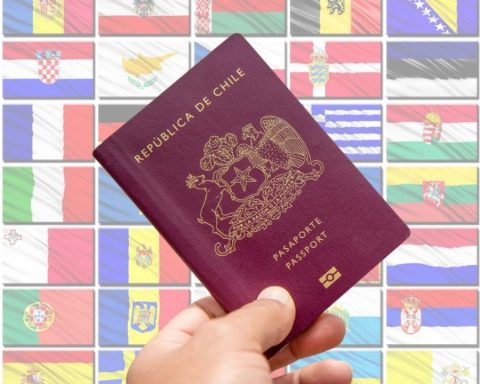A 4-meter asteroid hit Earth this weekend, just two hours after being detected. It fell into the Norwegian Sea and did not cause any damage. This is the fifth time such a surprise has been experienced.
According to calculations, the fall of unburned fragments of an asteroid called 2022 EB5 occurred on the night of March 11-12 in the Norwegian Sea and did not cause any damage, reports astronomer from the University of Western Ontario (Western University), Peter Brown, on his twitter account.
Data from ground-based infrasound stations in Iceland and Greenland estimated its diameter to be 3 to 4 meters and its speed of movement 15 kilometers per second.
As such, it was unlikely to cause any damage if it had impacted the planet. 2022 EB5 burned up harmlessly in the atmosphere, and it is unknown if any residual fragments survived intact.
Some citizens in Iceland reported hearing a rumble or seeing a flash of light at that time.
Asteroids are potentially one of the most dangerous natural disasters the planet could experience, especially since there is currently no immediate way to stop them.
According to research by the Davidson Institute of Science, the educational arm of Israel’s Weizmann Institute of Science, an asteroid over 140 meters in diameter would release an amount of energy at least a thousand times greater than that released by the first atomic bomb if it hit Earth. the earth.
But even small asteroids have the potential to cause damage.
The last impact to occur before 2022 EB5 was in 2013, when a small asteroid about 20 meters wide hit and exploded over Chelyabinsk, Russia. Although the impact was not serious, the shock wave caused thousands of windows to break, causing many injuries from glass cuts.
Most asteroids can be identified due to the many telescopes made available to astronomers, but there are asteroids that are not seen coming.
In September 2021, asteroid 2021 SG passed by Earth at an extremely close distance. However, scientists did not detect it; in fact, they only saw it after it had already passed.
It happened again in October, when 2021 UA1, which was only two meters wide, was spotted after flying past Earth at a distance of just 3,000 kilometers.
Why wasn’t EB5 2022 noticed until just two hours earlier? According to Weizmann Institute of Science astronomer Dr. David Polishook, it was not noticed simply because of its modest size.
This is the fifth time an asteroid has been detected shortly before it hits Earth. It first happened in October 2008, when the 4.1-meter asteroid 2008 TC 3 was discovered 19 hours before it exploded over the Nubian desert.
But while 2022 EB5 has harmlessly impacted the planet, more asteroids are headed our way; in fact, several will pass close to Earth today.
Designated 2022 DX2, 2022 DR3, 2018 GY, 2022 ES3 and 2022 EO4, each of these asteroids is very small, ranging between estimates of 9.6 meters and 71 meters across, and will likely pass harmlessly by the planet, according to the tracker. of NASA asteroids.
However, one of them, 2022 ES3, will come much closer than the rest, passing by Earth at a distance of about 334,000 kilometers, closer than the distance between Earth and the Moon.
This asteroid is estimated to be between 9.6 meters and 22 meters wide, making it considerably small and almost the size of the Chelyabinsk asteroid at its maximum estimate, so any damage it could cause would be minor.
















